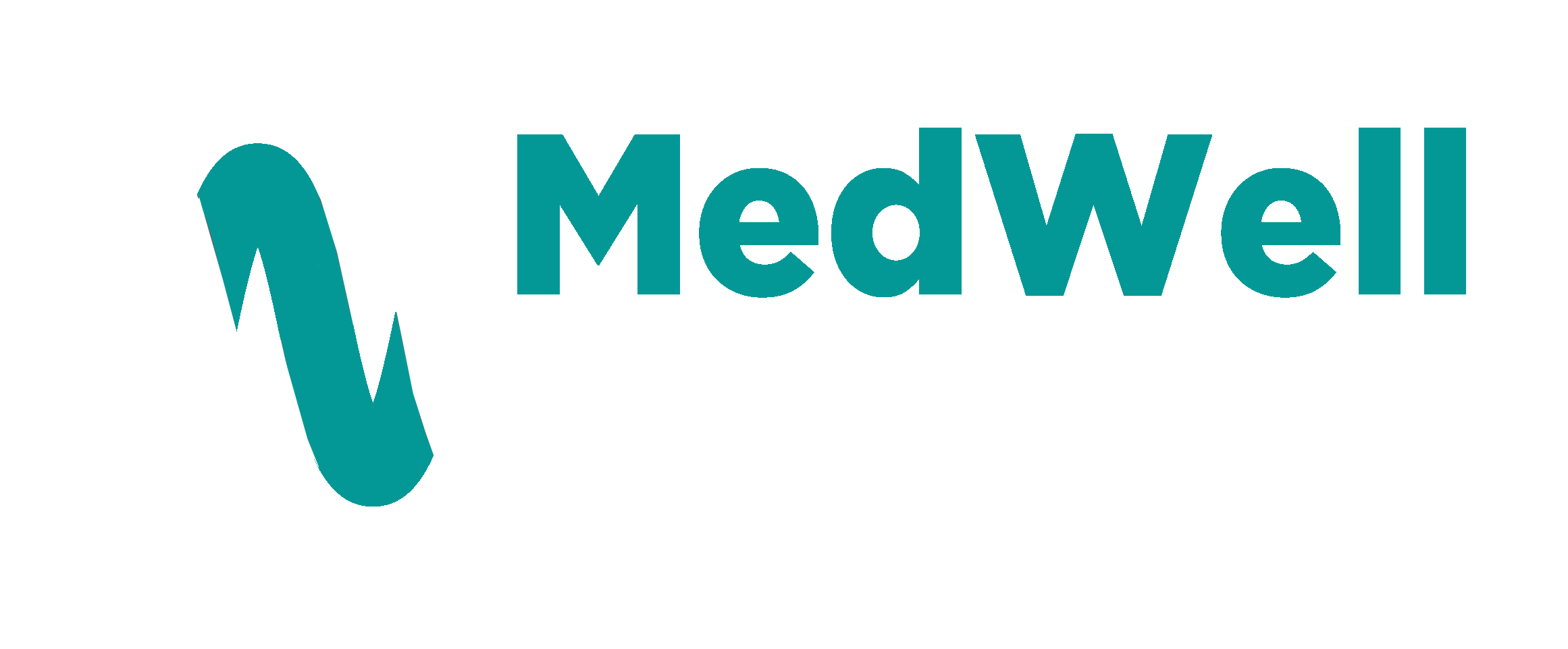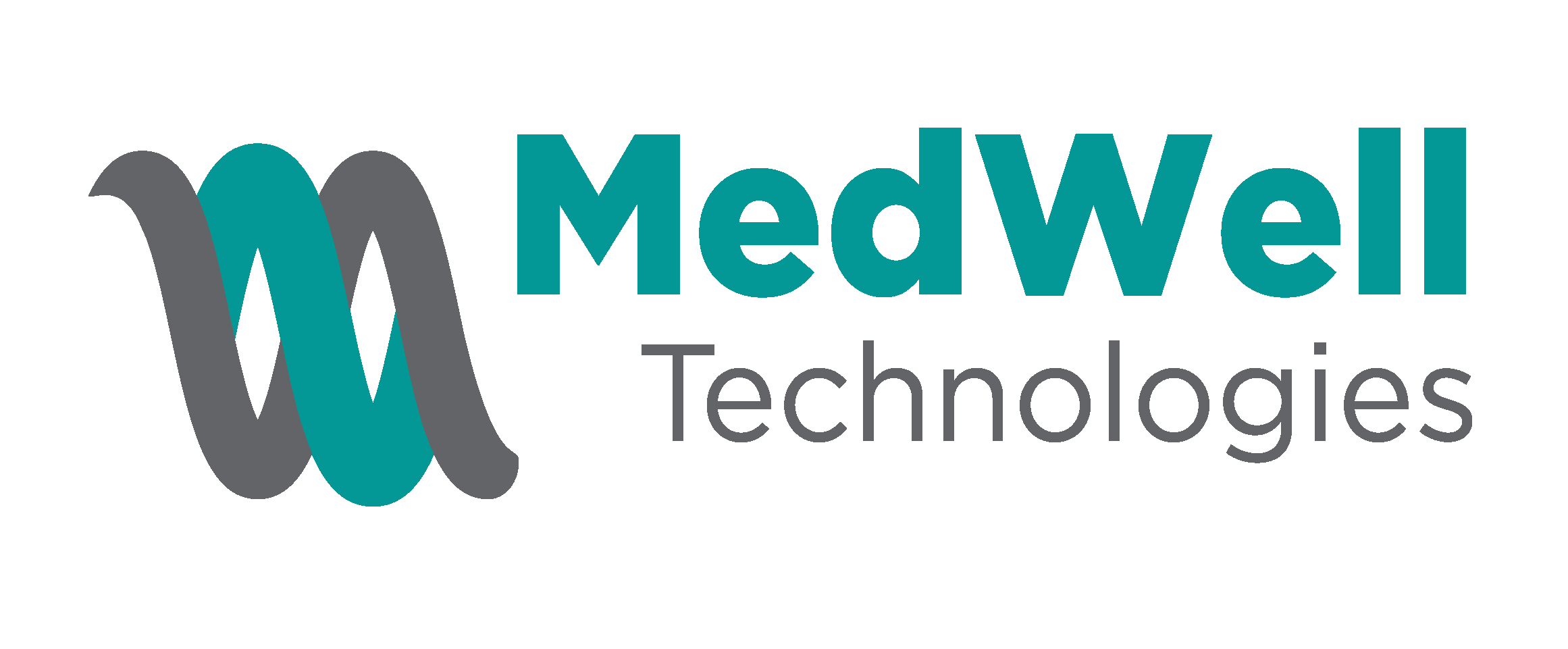The amount of fat varies from patient to patient, depending on the patient’s volume needs and the number of treatment areas. The surgeon will determine how much fat is needed, although typically a small amount of fat (20cc-80c) is sufficient. The fat is harvested from the lower abdomen, flanks, or thighs. After the fat is harvested, it is then processed to various sizes and carefully placed in volume deficient areas. Fat transfer allows for greater volume replacement compared to synthetic fillers.
Plastic and reconstructive surgeons have studied fat grafting for decades to determine the best practices to improve graft survival rates. Fundamental principals have been established regarding low pressure harvesting, the removal of inflammatory oils and debris, the re-sizing of fat, and finally, how and where fat is delivered.
Over the last decade, gentler fat processing and delivery methods have been discovered that have improved fat graft survival rates. The utilization of various cell assist techniques are under study and holds much promise for higher engraftment rates. It’s inevitable that there will be some attrition when transferring fat from one area to another, although recent studies indicate that many physicians observe survival rates closer to the 50%-70%. Patient selection, overall health, processing methods, and delivery methods are all factors in the success of fat engraftment.
Fat grafting is not considered a “stem cell” procedure. The use of the term “stem cell” is often misunderstood in the mainstream. It’s very well accepted in the literature that fat is the largest reservoir of adult stem cells, and that this is just one cell amongst a collection of regenerative cells. Certainly, this collection of regenerative cells plays a critical role in facial bio-rejuvenative procedures.
In published literature mechanically derived adipose concentrate (ACx) goes by nearly 50 different terms that, in general, all refer to the same thing. Adipose concentrate has been referred to tSVF, SVF Gel, nanofat, fat paste, and TOST to name a few.
Stromal vascular fraction (SVF) is a term used to describe the heterogeneous pool of cells found in the adipose tissue. The process of obtaining SVF uses an enzyme to disassociate the stromal cells from the extracellular matrix (ECM). The FDA considers the processing of SVF as more than minimal manipulation and it is illegal to produce it in the US.
ACx is simply a term to describe fat that has been re-sized and purified down to the 400um level. ACx is performed by mechanical means, without the use of an enzyme, and includes the ECM. This tissue specimen can then be injected with small, gauged needles for delivery into the intradermal and superficial tissue planes for bio-rejuvenation of the skin.
Yes, according to a recent study was published in the Aesthetic Surgery Journal (January 2022). Tissue stromal vascular fraction (tSVF) of adipose tissue is composed of a heterogenous mixture of cells embedded in extracellular matrix and contains growth factors and cytokines involved in the wound healing process (e.g. parenchymal proliferation, inflammation, angiogenesis and matrix remodeling). Researchers in the Netherlands hypothesized that tSVF injections could reduce post-surgical scar formation and discovered that the injection of tSVF did result in improved wound healing and reduced scar formation six months postoperatively.
For patients seeking regenerative fat grafting procedures, it is important to do your research and seek out physicians that are surgically trained in fat grafting. The harvesting, processing, and placement of fat into the subcutaneous tissue is far more invasive than injectable fillers. The judgement on patient selection and injection technique are critical. Injection into the deeper tissue planes can have potentially more serious complications and it’s important that surgically trained MDs perform fat grafting.
Resources:
- American Society of Plastic Surgeons
- https://www.plasticsurgery.org/
- American Society of Aesthetic Plastic Surgeons, The Aesthetic Society
- https://www.surgery.org/consumers/find-a-plastic-surgeonhe
- America Society of Facial Plastic and Reconstructive Surgeons
- https://www.aafprs.org/Consumers/Find-A-Surgeon/A/Find-A-Surgeon/FindASurgeon.aspx?hkey=8af34e6d-c0ee-46f9-8cb3-bce700e69948
Small volume fat grafting procedures are routinely performed in the physician’s office. Although, many fat grafting procedures are performed in outpatient surgery and hospital settings as fat grafting is often used in conjunction with other reconstructive and surgical procedures.
The Adinizer system is based on the principal of using low-speed centrifugation to speed up the purification step when processing adipose tissue. Our piston lock technology turns a standard 10cc, 20cc, or 60cc BD brand syringe into a closed processing container. Our system gives surgeons simplified, closed-loop purification method for removal of the oil and infranatant without the need to move the condensed fat graft between multiple syringes.
Gravity decantation, filter bag systems, and centrifugation are all acceptable methods for removal of oils and other inflammatory debris. For physicians that are looking to maximize fat graft survival then a centrifuge is necessary for bio-rejuvenative applications.
According to the FDA guidance document 21 CFR 1271, autologous fat grafting falls under Section 361.This procedure consists of autologous cells or tissue that are removed from an individual and implanted in the individual without intervening processing steps beyond rinsing, cleansing, sizing, or shaping. You do not need an IND application or Investigational Review Board (IRB) to perform these treatments.

